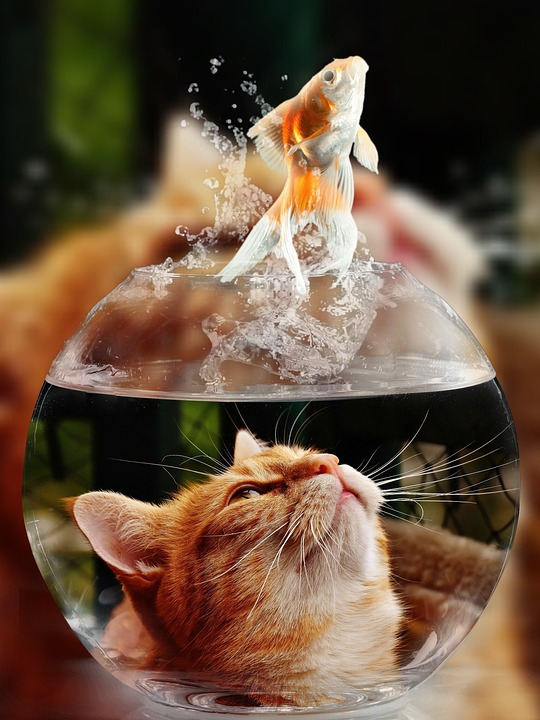Understanding the Body Language of Cats: What Their Behaviors Mean
Introduction:
Cats are mysterious creatures with unique body language that can often leave their owners puzzled. However, by learning to interpret their behaviors, you can gain a deeper understanding of your feline companion. In this article, we will explore the various signals and postures cats use to communicate their feelings and needs.
I. Reading the Tail:
The tail is a crucial part of a cat’s body language, and its position can indicate their mood. Understanding these tail signals can help you respond appropriately to your cat’s needs.
1. Tucked Tail:
– Meaning: Fear or anxiety
– Interpretation: Your cat may be feeling threatened or uncomfortable in their current environment.
2. Straight Tail:
– Meaning: Confidence or curiosity
– Interpretation: Your cat is in a relaxed state and might be investigating their surroundings with interest.
3. Puffed-up Tail:
– Meaning: Aggression or fear
– Interpretation: Your cat is likely feeling threatened or is ready to defend themselves.
II. Decoding Ears and Eyes:
Cats use their ears and eyes to express a wide range of emotions. Paying attention to these cues can reveal valuable insights into your cat’s state of mind.
1. Forward-facing Ears:
– Meaning: Alertness or curiosity
– Interpretation: Your cat is attentive and interested in their environment.
2. Flattened Ears:
– Meaning: Fear, aggression, or pain
– Interpretation: Your cat may be feeling scared, threatened, or experiencing discomfort.
3. Dilated Pupils:
– Meaning: Excitement or fear
– Interpretation: Your cat’s pupils can dilate when they are either highly stimulated or feeling anxious.
III. Postures and Body Movements:
Cats use various postures and movements to communicate their intentions and emotions. Understanding these behaviors can help you respond appropriately and build a stronger bond with your cat.
1. Arching Back:
– Meaning: Aggression or fear
– Interpretation: Your cat is trying to make themselves appear larger to intimidate potential threats.
2. Rolling Over:
– Meaning: Trust or playfulness
– Interpretation: Your cat feels comfortable and relaxed enough to expose their vulnerable belly or is inviting you to play.
3. Tail Twitching:
– Meaning: Excitement, agitation, or irritation
– Interpretation: Your cat’s tail movement can indicate a range of emotions, from anticipation of playtime to annoyance.
FAQs about Understanding Cat Body Language:
Q1. How can I tell if my cat is feeling stressed?
– Look for signs such as excessive grooming, hiding, loss of appetite, or increased aggression.
Q2. What does it mean when my cat’s tail vibrates?
– A vibrating tail usually indicates excitement or anticipation, often seen when a cat is about to pounce or play.
Q3. Why does my cat stare at me without blinking?
– Direct, unblinking eye contact from a cat can be a sign of trust and affection, as they consider you part of their family.
Q4. Why does my cat flick its tail when being petted?
– Tail flicking during petting can indicate overstimulation or annoyance. It’s best to stop petting your cat if you observe this behavior.
Q5. Can cats communicate with each other using body language?
– Yes, cats use body language to communicate with other cats. Understanding their signals can help prevent conflicts between feline companions.
Conclusion:
Mastering the art of understanding cat body language can deepen your bond with your furry friend and ensure their well-being. By observing their tail, ears, eyes, and body movements, you can decipher their emotions and respond appropriately to their needs. Remember, each cat is unique, so take the time to learn your feline companion’s individual cues and behaviors.








